#community science
Text
Help Us Do Real Science!
@talesfromtreatment and I have an ask for our fellow corn snake keepers and breeders.
We're gathering information on corn snake size by age and we need community scientists like you to provide the largest possible body of data.
@talesfromtreatment will be using the information gathered to build an accurate, statistics-supported corn snake growth and feeding guide based on ACTUAL data from ACTUAL corn snake keepers like you! I'm just the numbers gal.
Here's what we need:
Your snake's age (in years)
Your snake's weight (in grams)
A top-down photo of your snake's entire body with an inch or centimeter reference. (see photo below)
All of this information entered in our online form, linked below or copy/pasta: https://forms.gle/QtAwmiFa6fpBewFs8
https://forms.gle/QtAwmiFa6fpBewFs8
We'd love to get data on older snakes, younger snakes, fatter snakes, skinnier snakes. If you've got a corn snake we want their age, weight, and a photo of them with a measuring device.
Photos don't need to be fancy, just give us a top-down view of your snake and a ruler/tape measure/yardstick on a flat surface.
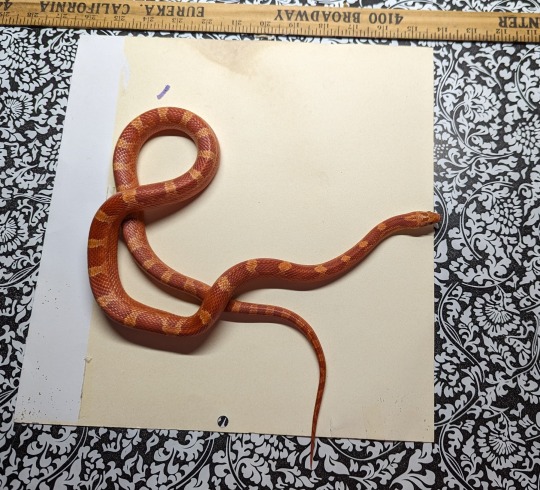
The survey is anonymous and we won't share your photos with anyone nor use them for any purpose beyond collecting morphometric data for this specific study.
Please please please help us collect as much data as possible. Share with your reptile-keeping friends, signal boost, submit your metrics, and stay tuned for updates!
https://forms.gle/QtAwmiFa6fpBewFs8
#snake#snakes#reptile#reptiles#reptiblr#corn snake#corn snakes#corn snake keeping#corn snake husbandry#snake keeping#snake husbandry#snake care#community science#science!!!#science#the link is in here like three times#please help#signal boost#data#herpetology
2K notes
·
View notes
Text
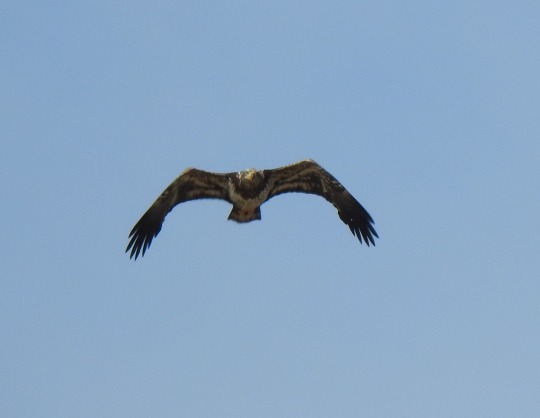
Day 3274 - I am slowly working on getting out of the house a little and getting re-engaged with my hobbies. This week our family went to a nearby nature sanctuary and I took some photos to put on iNaturalist! First time in too long.
3 notes
·
View notes
Text
community science in California

Community and citizen science special issue of California Agriculture (January-March 2021) Vol 75, No 1
INTRODUCTION Special issue: Community and citizen science by Ryan Meyer, Sabrina Drill, Christopher Jadallah
In this special issue of California Agriculture, we explore diverse examples of science at UC Agriculture and Natural Resources (UC ANR) that have involved participation by people not typically expected to play a role in the research process. They might be school-age youth, clientele of UC ANR advisors, volunteers in programs such as the UC Master Gardener Program or the UC California Naturalist Program, or simply interested or concerned members of the public. We refer to this idea of scientific research conducted, in whole or in part, by amateur or nonprofessional scientists as community and citizen science (CCS). There are many other terms for it (see Eitzel et al. 2017) — such as public participation in scientific research, volunteer monitoring, crowd-sourced science, or participatory action research — emanating from various natural and social science disciplines. CCS projects can take many forms, as demonstrated by the many examples throughout this special issue. They can advance scientific research and monitoring in a variety of ways, build trust among the collaborators and create opportunities for outreach, education, stewardship and mutual understanding.
The traditions of Cooperative Extension overlap significantly with CCS. Cooperative Extension was founded with a mission to “to aid in diffusing among the people of the United States useful and practical information on subjects relating to agriculture and home economics, and to encourage the application of the same” (Conglose 2000). But translating information into a particular context often requires collaboration and a two-way flow of knowledge (Cash 2001).
...
We close this introduction with a final note about terminology. We have chosen the broad umbrella term of community and citizen science both here and in the aforementioned report, while recognizing that different forms of CCS stem from a variety of different traditions (Ottinger 2017), and every term has strengths and flaws (Eitzel et al. 2017). For example, some find the word “citizen” problematic for potentially implying that only legal citizens can contribute to science (e.g., Angulo 2020). Others draw clear boundaries around “community science” as an approach driven by community knowledge and priorities, as opposed to the interests of scientists (e.g., Pandya 2019). Rather than dictate a single term, in our editorial process we have encouraged authors in this special issue to use the term that works for them and their collaborators, while being very clear about the reasoning behind that choice.
Report: Assessing community and citizen science at UC ANR The full report can be found at https://education.ucdavis.edu/ccs-cooperative-extension.
youtube
[Citizen Science Association video titled “Make Your Citizen Science Project Count: Strategies to Produce Quality Data”]
3 notes
·
View notes
Text
Capturing the Cosmos: A Citizen Naturalist's Journey
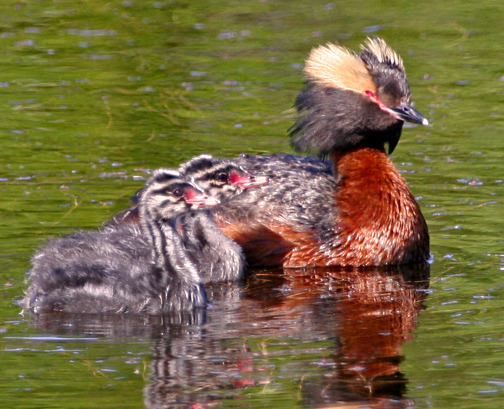
View On WordPress
#2024#April 26#April 29#April 30#biodiversity#Biodiversity Conservation#Canada#Citizen Science#City Nature Challenge#City Nature Challenge Saskatoon 2024#City-wide Event#Citywide Celebration#Collective Consciousness#community collaboration#Community Empowerment#Community Engagement#Community Involvement#Community Participation#Community Science#Conservation Efforts#Cosmic Awareness#Cosmic Belief#Cosmic Connection#Cosmic Fate#Cosmic Oneness#Cosmic Threads#Cultural Celebration#Cultural Connection#cultural diversity#Cultural Unity
0 notes
Text
New Notes from Nature publication: Humans in the loop
Happy New Year! We’re kicking 2024 off on a high note with the year’s first publication!
“Humans in the loop: Community science and machine learning synergies for overcoming herbarium digitization bottlenecks” is a new publication from the Notes from Nature and Zooniverse teams. It includes details about the collaborative work we’ve carried out as part of an NSF-funded project called Leaping the…
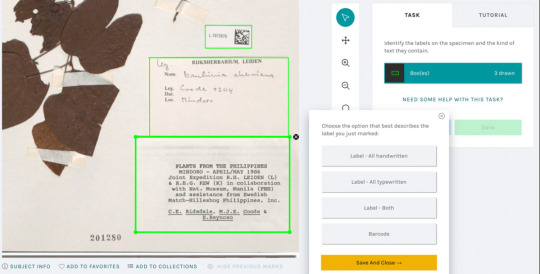
View On WordPress
0 notes
Text
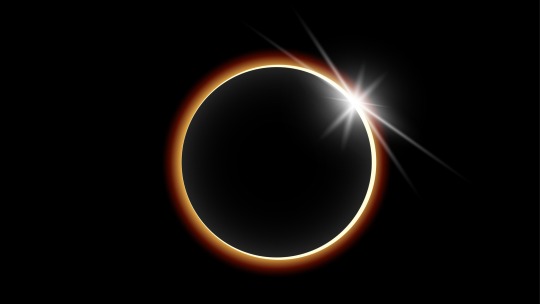

(NEW UPDATE WITH PHOTOS) Send us your best photos!
Absolutely beautiful! I hope everyone took this in! Makes you think just how small we are. A moment the world comes together as one! That’s true humanity . We will be uploading more amazing photos to this same post. So come back later on and check out our 2024 once in a lifetime eclipse photos.

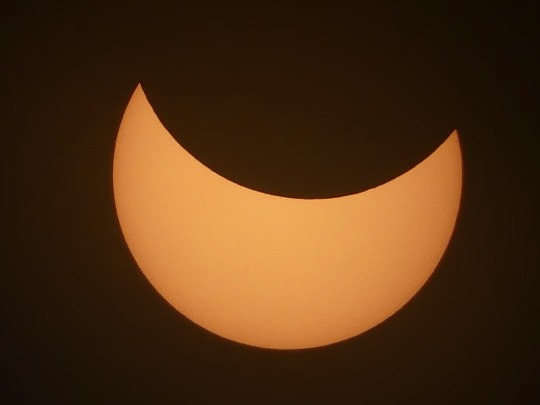
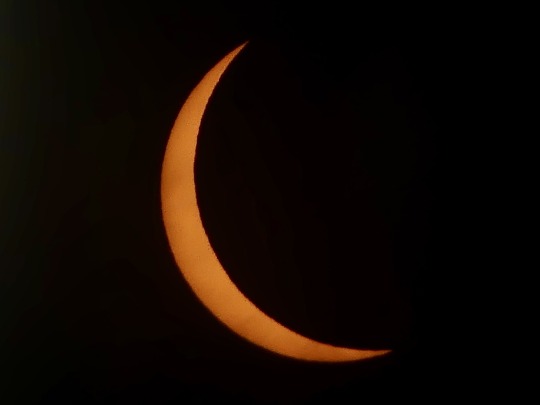




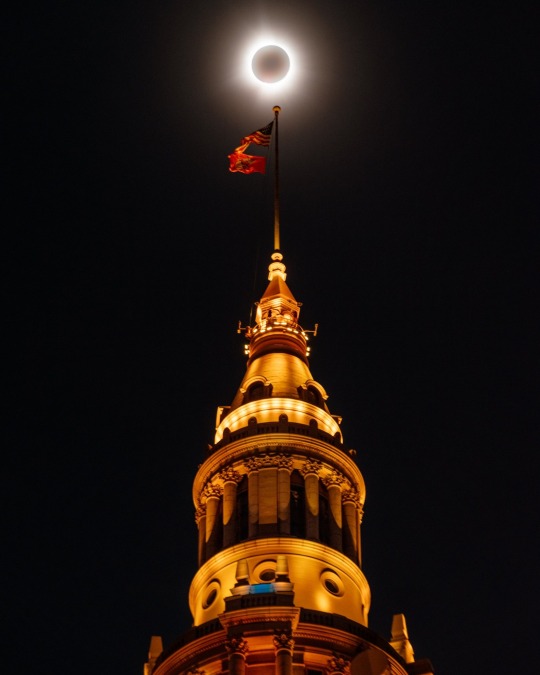
#solar eclipse#eclipse 2024#2024#astronomy#astronomers#nasa#universe#astrophotography#nasa photos#astrophysics#outer space#nasawebb#hubble space telescope#i love astronomy#astronomy facts#astrography#astrobiology#astronauts#astro community#space program#planetary science#planetary nebula#international space station#space exploration#space#science facts#space science#sci#astro notes#astro observations
6K notes
·
View notes
Text

#lgbtq+#gay#lesbian#bisexual#trans#queer#trans men#trans women#non binary#pansexual#asexual#pride#pride month#transgender#transfem#nonbinary#trans joy#trans community#trans beauty#information#learning#fyi#history#nature#science#the more you know
3K notes
·
View notes
Text
Birds are famous for communicating vocally, but many have other options, too. Some communicate by dancing, for example, or by showing off their feathers.
And according to a new study, at least one bird species does something more often associated with humans and great apes: symbolic gesturing.
A songbird called the Japanese tit (Parus minor) uses fluttering wing movements to signal "after you," the study's authors report, similar to the way humans extend one open hand to let another person go first.
Continue Reading.
3K notes
·
View notes
Text
Okay, I know people as a general rule tend to not care about invertebrates as much as cute, fuzzy mammals, but this is a must-read if you care about animal welfare. The short version is that horseshoe crab blood has been used for decades in medicine as a way to test whether something is truly sterile; the blood clots in the presence of bacteria. Since then millions of horseshoe crabs have been captured and drained of blood, even though a synthetic alternative was developed a few years ago.
They go through a pretty brutal experience in the process. They're caught by fishermen who often throw them by their tails into a pile in the open air, and they're then trucked to a bleeding facility where they're strapped down and their blood is removed with needles jabbed directly into their hearts. Over half their blood may be taken, after which they're supposed to be returned to the ocean. However, it's likely many of them never make it back, instead turned into fish bait and sold by the same fishermen who caught them in the first place.
Apart from the fact that this is a horrific thing to put any animal through, the attrition due to fatalities has put a serious dent in horseshoe crab numbers. This is compounded by massive habitat loss, pollution, and the capture of horseshoe crabs as food, particularly as the females of one species are considered a delicacy. And other animals that rely on horseshoe crabs are suffering, too. The American rufa subspecies of the red knot, a medium-sized shorebird, is critically endangered as the horseshoe crab eggs it must have in order to successfully complete migration have become increasingly scarce, and it is likely the bird will become extinct if trends continue.
While there are guidelines for medical horseshoe crab harvest, they're considered optional. The few laws that exist are poorly enforced. Short of a complete ban on horseshoe crab blood in favor of the synthetic alternative, these animals are in very real danger of going extinct after a history spanning over 400 million years on this planet.
Thankfully, this article is not the first to bring forth the issues surrounding horseshoe crab harvest. Here are a few resources for further information and action (US based, though horseshoe crabs are threatened throughout their entire range):
Horseshoe Crab Conservation Network - https://horseshoecrab.org/conservation/
Wetlands Institute - https://wetlandsinstitute.org/conservation/horseshoe-crab-conservation/
Horseshoe Crab Recovery Coalition - https://hscrabrecovery.org/
#animal welfare#animal cruelty#cw animal cruelty#animal suffering#horseshoe crabs#invertebrates#wildlife#animals#environment#conservation#endangered species#extinction#nature#medicine#science#scicomm#science communication
8K notes
·
View notes
Text
(If you like specifically the diet or sugar free version of any of these, just vote for that option. Same thing for specific flavors, eg. cherry coke, or mtn dew red, etc.)
#I have a prediction as to how I think this will go#so rbs for a larger sample size are helpful :)#idk how to tag this but I want it to get votes#queer#lgbt#lgbtqia#lgbtq#gay#lesbian#trans#transgender#bisexual#asexual#aromantic#nonbinary#pansexual#lgbtq community#I’m just genuinely curious and this is kinda like science since I have a hypothesis
3K notes
·
View notes
Text

A sincere thanks to those of you who are sharing your snake data. Here's a little taste of what @talesfromtreatment and I have been cooking up, and this isn't even the really interesting stuff! This is only one week's worth of data capture!! Imagine what we could do with even more!
If you haven't submitted your corn snake's age, weight, and a top-down photo of them with a ruler yet, it's not too late! It's probably never going to be too late! Take the anonymous survey via Google Forms, linked below:
https://forms.gle/QtAwmiFa6fpBewFs8
Please join our body of community scientists and help us be petty in the most productive way imaginable. Your data will be used to make a gift for all corn snake keepers and breeders, present and future.
A project of this size has never before been attempted, or at least never published, and this is a super awesome opportunity for all of us to learn together!
Edit: swapped out the graph because the title said, "Width" when it should've said "Weight." Sorry!
#Okay like I love you all but some of y'all got some fat-assed snakes#It's okay tho because the current available resources are woefully lacking#That's literally why we're doing this#for real#science#commit science#community science#snake#snakes#reptile#reptiles#reptiblr#corn snake#corn snakes#give us your data#signal boost#google forms#snake husbandry#snake keeping#snake feeding#snake growth#corn snake husbandry#we're doing something nobody has done before and it's wild
613 notes
·
View notes
Text

Day 3694 - Tracked backyard birds for my weekly FeederWatch count.
3 notes
·
View notes
Text

Alright people. I need your help. Enrollment for Skype a scientist this semester has been -fine- but we can do better. We have so many scientists who want to speak with classrooms! Will you tell a teacher you know about our program 🥺 please?
Send them to skypeascientist.com/sign-up
2K notes
·
View notes
Text
*PLEASE REBLOG FOR SCIENCE*
What flavors define the region where you live? What spices and seasonings are most common in the culinary repertoire where you live? Fill out this brief survey to help me find out! I will share my results with anyone who is interested! All I want to know is what spices you possess, what state you live in, and what season of life you’re in.
For now I am limiting this to the USA, but I will expand it if there is interest!
#science#experiment#food#spices#food culture#regional food#reblog for science#community science#citizen science
0 notes
Text
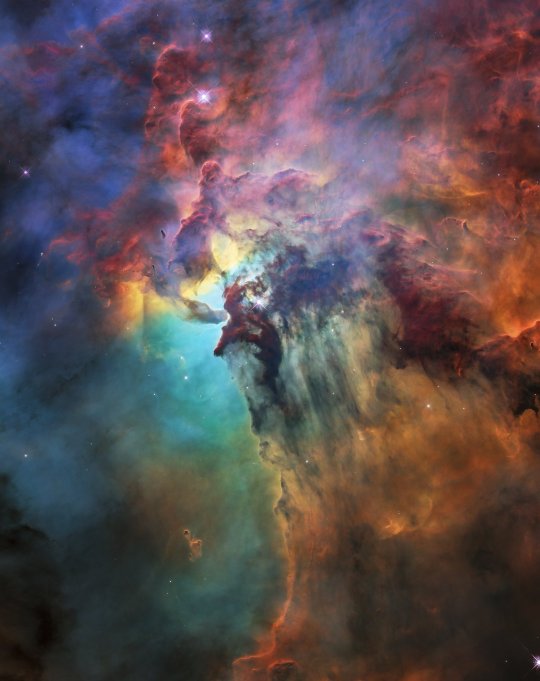
Lagoon Nebula.
Distance: ~4000 light-years.
#space#science#nature#astronomy#Universe#Cosmos#Astrophotography#NASA#night sky#stars#astro community#outer space#astrophysics#cosmology#nebula#hubble space telescope
1K notes
·
View notes
Text
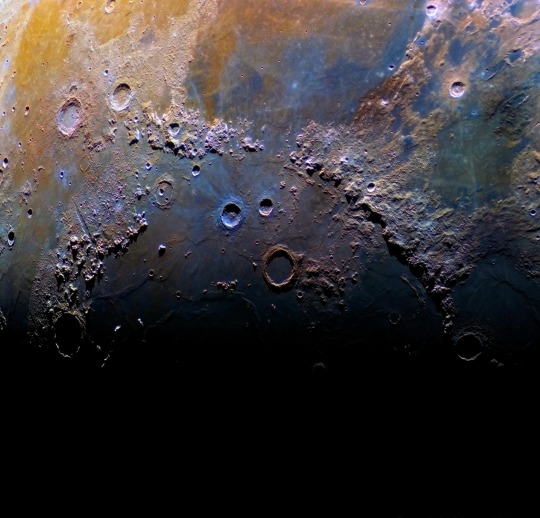
Mare Imbrium sunrise

#moon photography#moon#astronomy#astronomers#universe#astrophotography#nasa#nasa photos#astrophysics#outer space#nasawebb#hubble space telescope#i love astronomy#astronomy facts#astrography#astrobiology#astronauts#astro community#astro notes#astro observations#astroblr#astro boy#astrology observations#planetary science#space exploration#space#science facts#science#space science#cosmos
1K notes
·
View notes